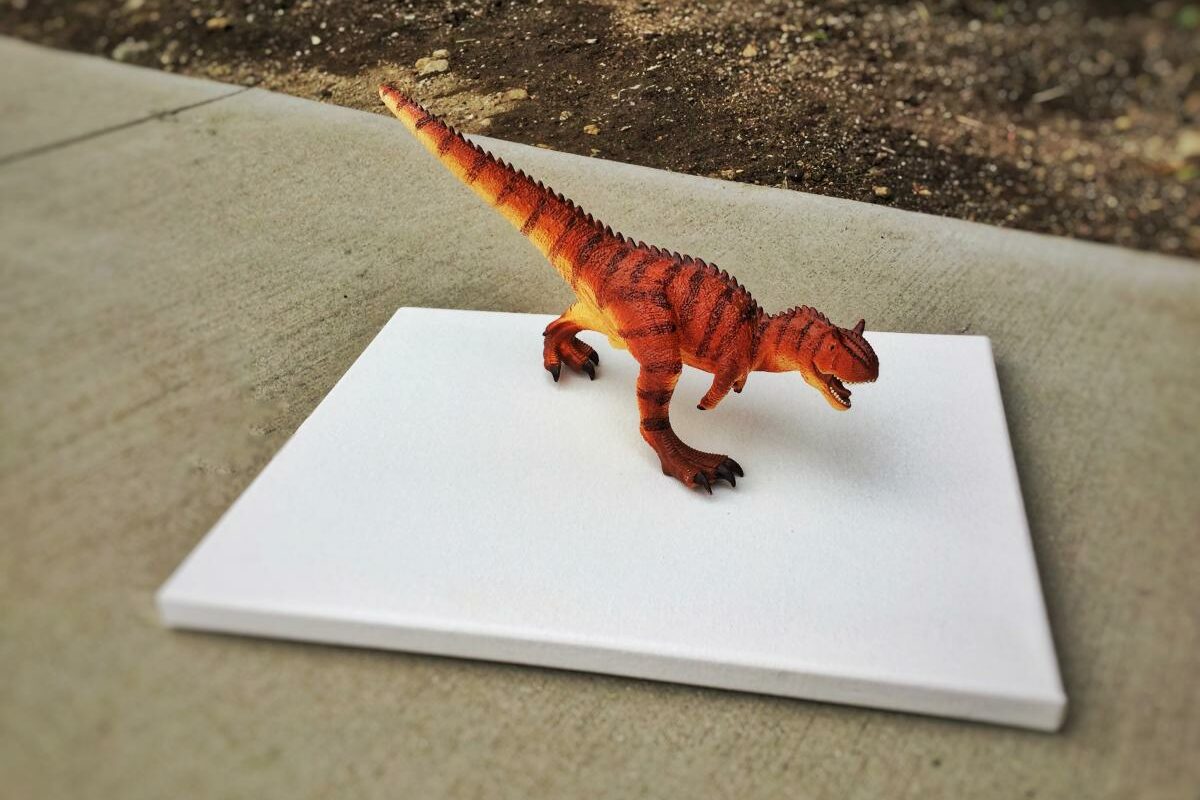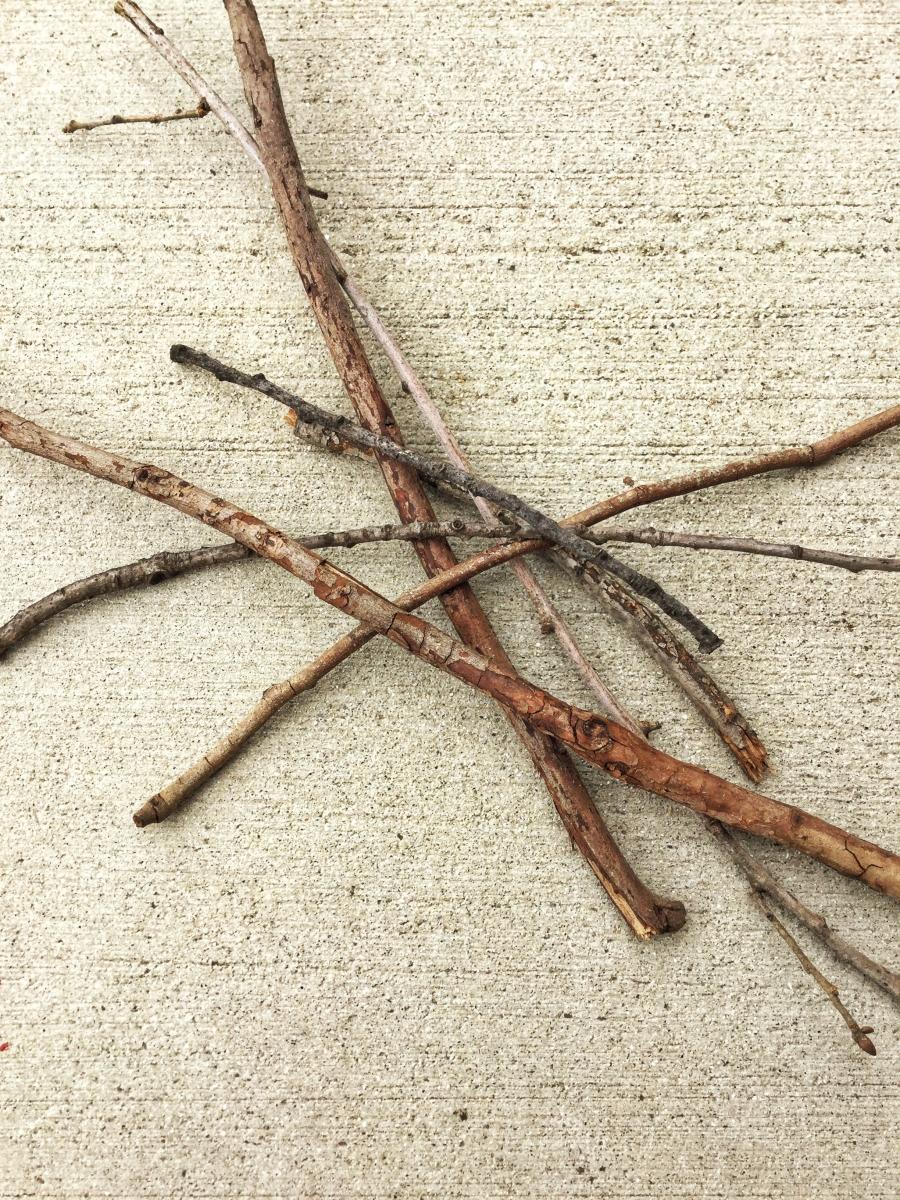The Benefits of Spending Time in Nature

Being outside and spending time in nature has some amazing benefits for the whole family; more than just being somewhere other than stuck inside the house!
Regularly spending time in nature has benefits for the body and mind. It boosts feelings of happiness and promotes psychological and healing. It can help with vitamin D production to fight high blood pressure and osteoporosis, stress relief, improves memory and concentration, helps keep you feeling young, and strengthens your immune system.
Another amazing benefit of spending time in nature, especially for children, is that it can boost academic performance. The Greater Good Science Center at UC Berkeley published an article, titled “Six Ways Nature Helps Children Learn,” outlining how having academic activities outside benefits school children. Some of those benefits are things that are addressed in the health benefits of being outdoors; better memory and concentration, increased physical fitness, and stress relief. Other benefits include helping to develop self-discipline, a reduction in ADHD symptoms, increased engagement and interest in academic subjects and activities, and may promote creativity and social connections both with peers and teachers.
Personally, I worry that my child will have a bigger academic slide over the summer this year more than other years because of the odd way we had to end the school year. I’m always looking for ways to support his academic and developmental progress over the summer and recently, doubly so. At the same time, thinking about trying to actively concentrate on doing all those things to keep everyone mentally and physically healthy can feel pretty tiring. The great thing about nature is that all you have to do is find an activity or two to do outside a couple of times a week and you can achieve all the benefits without really thinking about them!
Here are two activities to get everyone outside and start enjoying the health benefits of being in nature:
Activity 1: Catching Shadows
Supplies:
- Sidewalk chalk
- Small toys/action figures
- An open space
- A sunny day
Young children are fascinated by their shadow when they first discover it and they continue to have questions about shadows as they get older. Kids and adults can “catch” a shadow by tracing the outline with chalk. You will have to move a little quickly though, or the sun will move and the shadow will shift!
How to do the activity:
- Find an open space on a patio, sidewalk, or driveway where the sun is unobstructed.
- Help your child figure out how to position the toys, so they can see the shadow but not block it. This means they will need to be in front of the shadow or to the side in order to see the whole thing.
- Using the sidewalk chalk, carefully trace around the shadow.
- After they are done tracing, have them move the toy away and see the outline they have made.
- Children can also trace the shadow outline of you or you of them!
For older children:
- Have them line up the toys to tell a story of what happens first, next, then last.
- After they have traced the outlines, have them tell you the story they wrote in shadows!
An extension of this for helping children understand how the Earth rotates:
- Trace your child’s shadow and outline around their feet.
- Write the time next to the shadow.
- Go do something else and come back in 30 minutes.
- Have your child stand in the outline of their feet and trace their shadow again.
Ask them what they notice? The shadows should be in a different place on the ground due to the Earth rotating.
- Write the time down for the second shadow.
- Continue coming back and tracing the shadow every 30 minutes or so to track the change of the Sun’s orientation due to the Earth’s rotation.
This activity provides younger children with a way to practice eye-hand coordination with tracing and learn about cause and effect with the movement of the sun. Older children can practice sequencing and storytelling.
Activity 2 Pick-up Sticks, Literally
Supplies:
- Small sticks/twigs found in the yard or park
- A flat surface to play on
Here’s a throw-back to a game I used to play as a child, (more years ago that we need to talk about). It is the classic game of pick-up sticks using actual sticks!
How to play:
• Help your child/children collect 15-20 small, thin sticks or twigs from the yard or in the park.
• Try to collect sticks that are about the same length and width. You should be able to easily break the sticks to get the same lengths.
• Find a table or flat space of ground to play on.
Here are the rules:
- Hold all the sticks in one hand so they are gathered together and standing up vertically on the table.
- Open your hand and let the sticks fall on the table.
- One at a time, each person will remove one stick from the pile, taking care not to move any other stick.
- If you bump, wiggle, or move a stick other than the one you are touching you lose that turn and the next person goes.
- Once you successfully remove a stick, place it in a pile in front of you.
- Continue going around the group removing one stick at a time until the all the sticks are gone.
- The winner is the person with the most sticks at the end.
As an extension for older children or teenagers:
- Instead of sticks or twigs, try playing with individual pine needles!
Playing this game helps children develop concentration skills and eye-hand coordination by moving sticks without disturbing others. By using a finger and thumb to pick up and maneuver small objects they practice small motor function. Lastly, strategic thinking is used to decide which sticks to move so as not to disturb any others as well as how to collect the greatest number of sticks by the end of the game.
Being out in nature supports our health and well-being in so many ways! From mental and physical health to academic support and overall attitude adjustments, nature is often an underutilized resource in our lives. So go play outside!
For more information about the benefits of spending time in nature please see the following articles:
Chart: 10 Reasons Being in Nature is Good for You
6 Reasons Children Need to Play Outside
5 Unexpected Benefits of Outdoor Play

